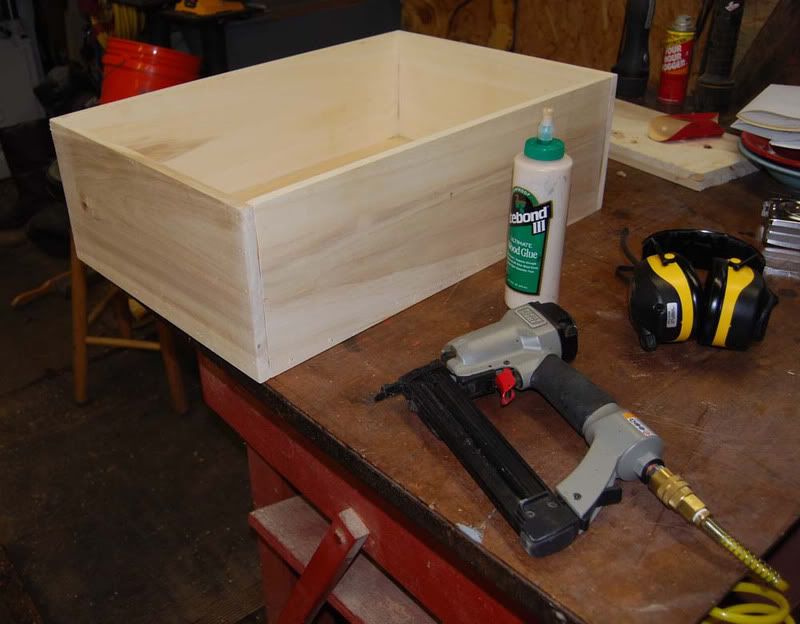Wow... that's a lot of work, and you don't get to use your lumber for four years? I agree, the key to air drying lumber without any checking or defects is to dry it SLOW. Backwoods, just curious though... if most wood is basically saturated when it's in the tree, what is the point of first submerging it in water for two years before letting it start to dry out. Also, how thick are we talking for that second two years of "slow drying in a cool dry place packed with shavings"? Virtually all hardwood and softwood here on the east coast 5/4 or 6/4 will be dry in way less than two years. In usually less than a year, it reaches an equilibrium here outside where it stays about 15% MC. At that point, it will take in or release moisture sitting in that stickered stack depending on the relative humidity. Point being once it dries to that 15% there is little value in keeping it stickered. I guess maybe the packing in shavings slows it down that much that it doesn't get down to that equilibrium in a year?





 . Will cut thick. Is nice to learn from your mistakes before you make them, this site is a lot of help
. Will cut thick. Is nice to learn from your mistakes before you make them, this site is a lot of help .
. BOOM
BOOM
